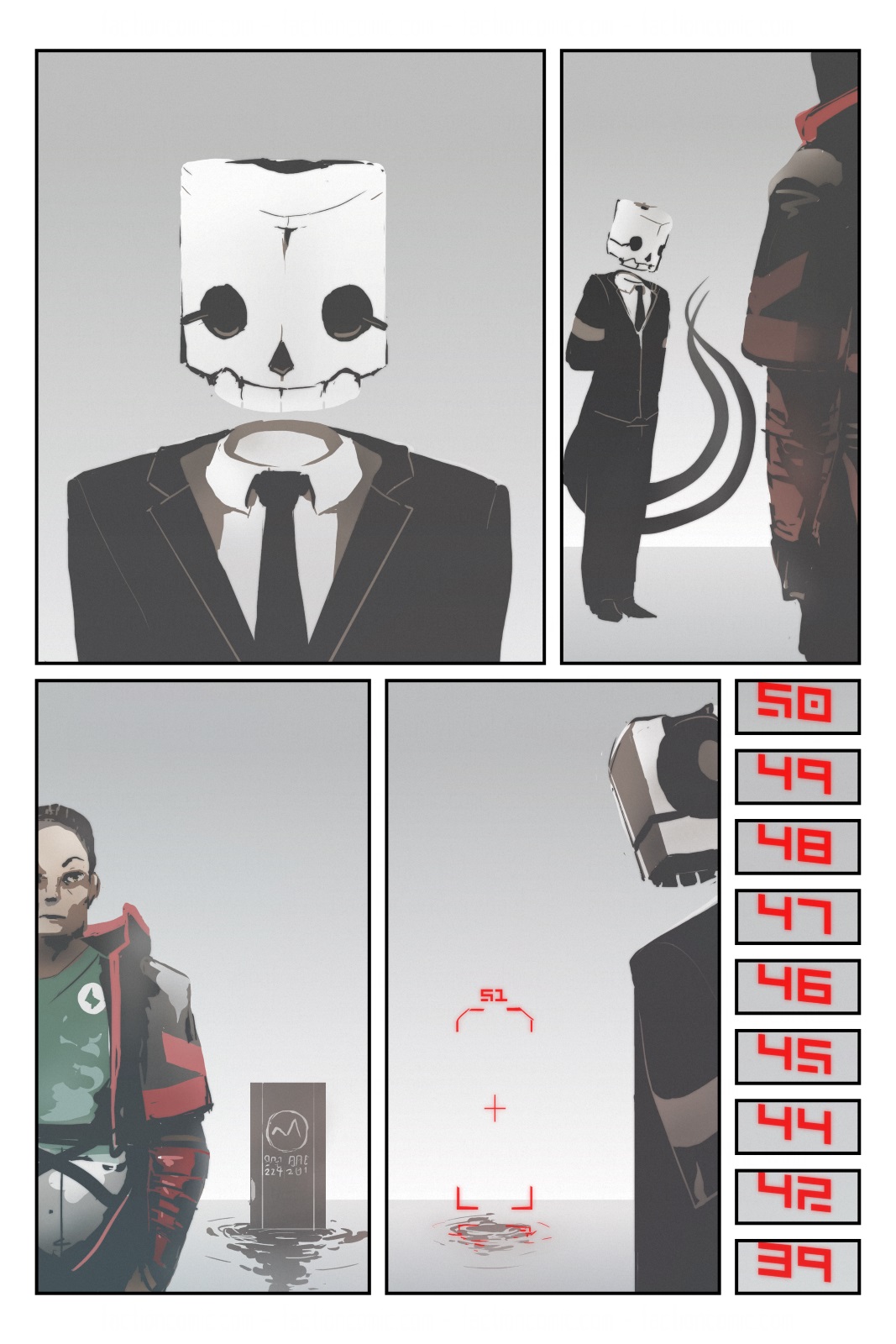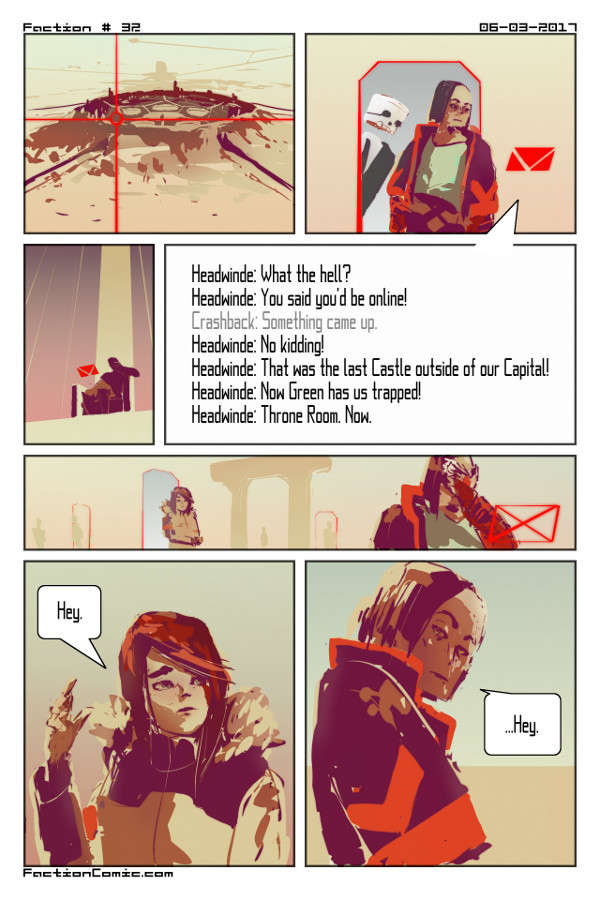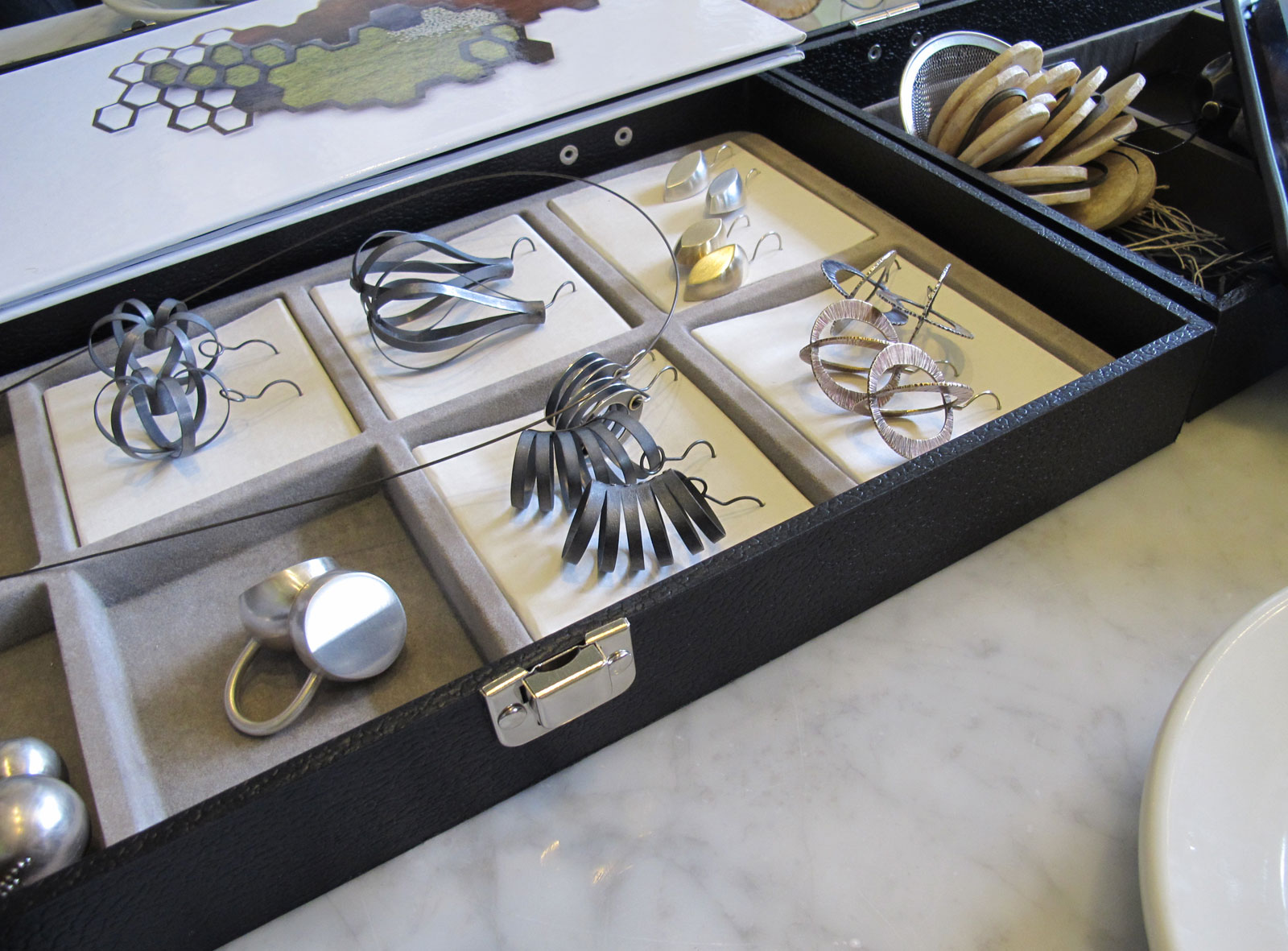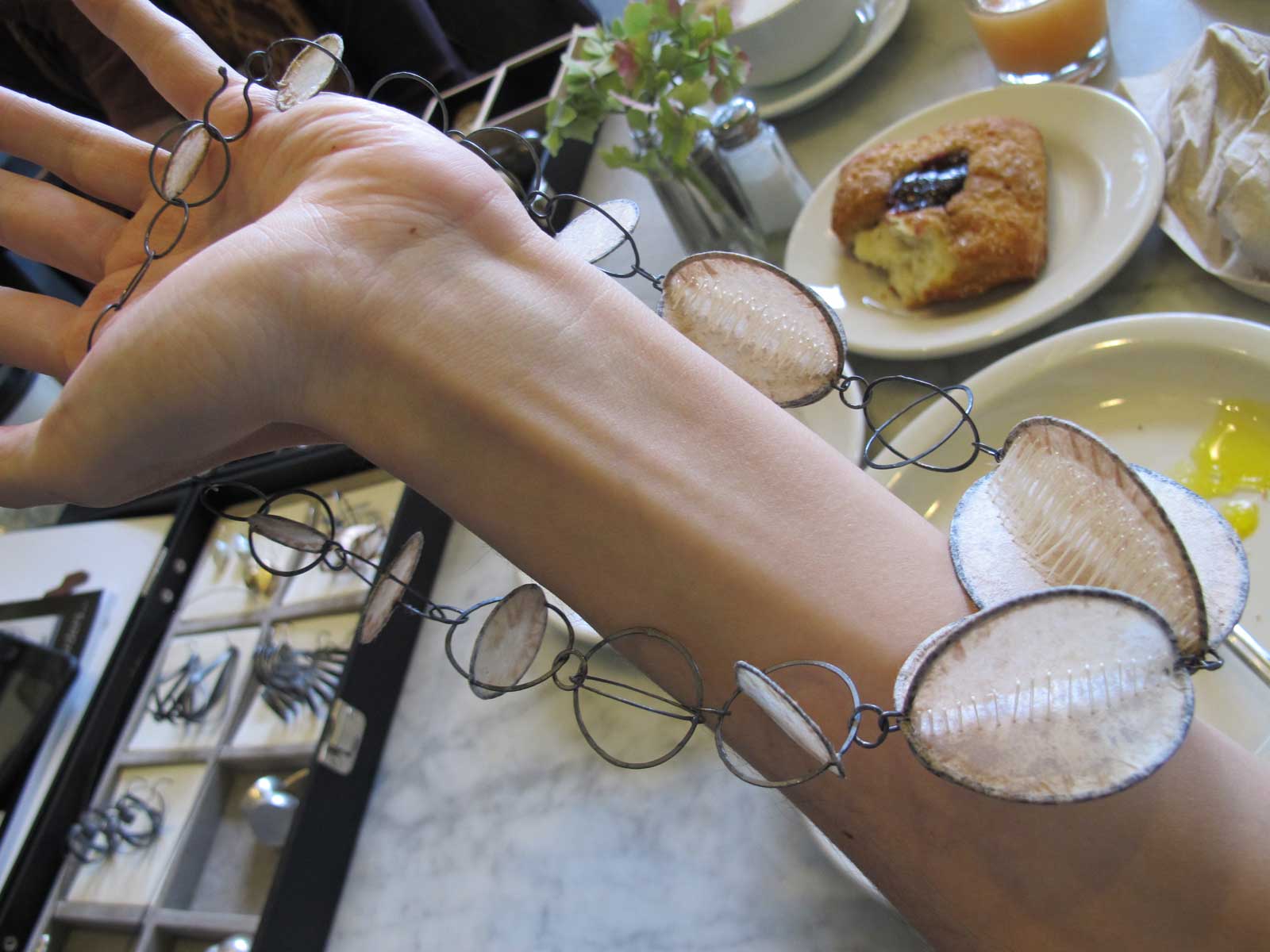Apocalyptic ages are a running gag throughout many of the world’s cultures. All the Abrahamic religions include an age of strife and turbulence through which God’s Kingdom is anointed. The Hindus have the Kali Yuga, one of four cyclical ages, and the last one in the cycle; an age that deals with rot and deterioration, only to bloom into new growth with the Satya Yuga. The Hopi, as well as other Native American traditions, speak of a number of worlds through which we traverse, each ending in destruction as a small party of survivors escapes to the next. According to the Hopi, we’re currently in the fourth world, the completed world.
Stories are a very important part of our being human. Perhaps more than we acknowledge, we have been shaped by the stories we tell, of ourselves, of each other, of things that don’t exist, and of things that may or may not exist, but which we are unable to know for certain. These latter two are the realm of fiction, which despite their lacking a basis in reality are more important than any true tale. In fiction, in humanity’s imagination, we are able to explore not only what we are, but what we could be, and become.
As a species, we have spent far more of our existence thinking in stories and narratives than with logic and scientific rigor. While elements of deductive reasoning have been with us for millennia, its presence as an organized and prevailing philosophy is quite recent. While the Middle East and East Asians have had scholarly pursuits for a longer period than Europe, even there such thinking was the purview of the elite. At large, human beings have been magical thinkers for most of our existence, yet somehow as we look around, aghast at the prevalence of conspiracy theories and denial of reality itself, we’re surprised? Oh, the naivete of humanity!
The truth is that we have spent far longer in the sandbox of imagination than in the dense pages of scientific deduction, and as a result, it would make sense that most humans would be more predisposed towards narrative thinking than logical thinking. It’s hardwired. So let’s dig a little deeper; what is narrative thinking?
This author proposes a framework that utilizes a syncretic blend of metaphor and critical examination, a bit of storytelling and a dash of logic, to come up with a term that arrives at the heart of the matter. What is narrative thinking, Holmes? It’s elementary, my dear Watson; storytelling, narrative thinking, magical thinking, is all describable with this phrase: two-dimensional thinking, or, if you’d rather, flat thinking.
You’ve probably heard many variations on this theme. Seeing things only in black and white; zero-sum thinking; binary viewpoints; good and evil; heaven and hell: all of these spell out chromatic tints of what the core concept actually is, thinking only in two-dimensions. There’s a certain poetic bent to this visualization. Aside from our ancient roots, when we passed down tales via the spoken word, stories tend to be written in books. And words on a page are most definitely flat.
That’s something that’s easy to forget, that written stories always exist in a flat plane. Unlike life, which exists all around us in three-dimensions. We can draw that metaphor further by pointing out that all recorded stories exist in a flat medium, or have no dimensional existence at all. Oh, yes, you can have an iMax movie which stretches out around you, curved, but it’s still flat; just bent around to encompass you. The only stories which possess three-dimensional qualities are plays, musicals and other live performances, and these tales possess a grounding aspect because of their inseparability from the people performing them. Everything else? Flat, or auditory.
Armchair quantum physics enthusiasts will be familiar with Youtube videos of Flatland and multiple dimensions, from one through ten. There’s enough of them out there that some are inaccurate or overly simplified, but the basic concept of two dimensions to be derived from them is important. A two-dimensional organism is unable to see an object in three-dimensions. To them, it’s simply a line or a flat square. There is no depth possible.
This limitation in perception from someone who can only see in two dimensions is part of the puzzle, but the metaphor is much simpler. If you can only see two sides of things, each of which are the complete opposite of the other, then everything in between wouldn’t exist for you. If you could only see red and blue, all the other colors, yellow, green, purple, white, black, brown, orange, grey, would all be beyond your comprehension. If you could only perceive two sides of anything, the world would be a disjointed mess. Anything that wasn’t flat would be impossible for you to see properly. You would bump into things all the time, fall down hills because you wouldn’t be able to understand gradation, and anything that was spherical or cylindrical would be completely perplexing.
Many of us are living in Flatland. Actually, to some degree, all of us have parts of ourselves that view things through the prism of having only two sides. There’s nothing inherently wrong about this. Two-dimensional thinking is reductive, minimizing variables to their absolutes, allowing us to think about abstract concepts and difficult problems in ways that lead us to potential solutions with the least amount of effort. In certain situations, that’s vital to our survival. In other situations, that’s the best way to arrive at an answer.
However, only being able to view things in that manner is absolutely deleterious, particularly if one’s two-dimensional thinking is corrupted by emotions. Emotionally charged flat thinking changes from considering the objective facts to filtering everything through the identity of the source. In this bastardized thought, the only thing that matters is whether who said it is “on my side”. We often call this tribalism, but this adds subtexts and layers that confuse what’s actually happening. If the person who said it is on my side, then it’s right. If they’re not on my side, then it’s wrong. Easy, simple, and completely divorced from reality.
Stories are the well from which flat thinkers draw an understanding of the world because simple stories are just about two sides, the protagonist and the antagonist. There are obviously many stories which are more complex, with grey moral areas, anti-heroes, flawed protagonists; if you’re thinking, as you’re reading this, that I’m maligning stories, then you’ve fallen into the two-dimensional trap. I don’t avoid stories, or go through life furtively dodging Netflix and television screens in case I absorb some inaccurate representations of life, that’s absurd. And if you do think I’d do that, then good. You’ve just experienced an active example of flat thinking. Perhaps because what I’m saying seems to be opposed to something you love (and, for the record, I love), fiction, you immediately think I must be the complete opposite. Nope. Nothing could be further from the truth.
I will say though that I think we, as citizens of the United States, have particularly fallen prey to flat, narrative thinking, in part due to its prevalence. For many people who haven’t received an advanced education (which includes me, by the way), movies about grand battles between heroes and villains, or television shows similarly framed, are part of the way we’ve come to perceive the world. Superhero comics are now elevated to the mainstream in the form of multi-million dollar budget movies, and are at this moment in time the closest we have to a shared national mythology. Imagine if the way you perceived the world came entirely from superhero movies. How would you see our political discourse, our politics, our politicians?
The thing about stories, as I began this essay with, is that they are part of our DNA. For millennia, we’ve interpreted the world around us through them. It’s only been in the last few hundred years, at best, that we’ve just begun to view the world through the clear, hard lens of science. Science is an outside process that follows external rules, and this is at odds with belief, which is generated internally and has only our own made-up rules to create any type of consistency. The fact is our brains have evolved to give more weight towards narratives and belief, and there is both a cultural pressure, as well as perhaps a biological one, to understand reality through stories.
Critical thinking is an important element in the scientific process, and is like water to the oil of narrative interpretation. Stories are after all created from imagination; when a child makes up a story, it’s often pure flow, taking in their environment and mixing it together with emotion, errant thought, sensations and other detritus to form something new. There is a joy in this process, a simplicity and pleasure, which is not always allowed to flower. Perhaps, in fact, we’re too often deprived of it, and it might be for this reason that so many people yearn for this simplicity.
On the other hand, critical thinking requires rigor and has to be learned, whether through experience or education, rather than being innate. It is like a muscle that must be developed through use and re-use. Ultimately, critical thinking is at its core painful, because it is the selection and rejection of our thoughts and imagination. For someone who has barely been allowed to express their creativity, critical thinking seems like punishment, and this might be why it is seen negatively and avoided by religious and spiritual communities. But once mastered, critical thinking is like a complex and beautiful flower, with fruits that are invaluable. It allows us to separate right from wrong, to master the world around us and within us, and contrary to the kneejerk reaction we might first experience on encountering it, fosters and develops our creativity, empowering it to reach new heights.
However, this is only possible by passing through that first barrier, the wall of fire of criticism. When we first reach this wall, it burns; it feels painful, and may make us feel inadequate. For some of us, our first encounter with that wall is so injurious to our ego and psyche that we shy away. We make an oath never to return to that site of pain again, to put up caution tape and erect brick and concrete walls around it. This reaction is only too understandable, but it is also deeply sad. It is inevitably a stagnation of the spirit.
For people who are stuck within the prison of two-dimensional thinking, pain, being the opposite of pleasure, is bad and evil, no matter the context surrounding it. Thus critical thinking, a concept they don’t truly understand, is seen as bad and evil, with no way of integrating it with their worldview and their own selves. It takes three-dimensional thinking, of being able to see multiple sides of life, rather than just one or two, to pass through that wall of flame. And the necessity of transcending this limited way of thinking has never been more important. Nearly all the sociological, cultural and emotional problems we’re experiencing now as a species stems from this mindset, of seeing only two sides of things. Not only is it prone to making us live in fear of each other, it’s flat out wrong. Two-dimensional thinking, at best, only shows us narrow slices of reality, missing the forest for the trees. At its worst, it submerses us in a fantasy world that’s completely divorced from what’s actually going on around us.
The main impediment to growing beyond this child-like view of the world is the fearful aspect of flat thinking. For those who are too deep into it, being asked to change themselves is tantamount to self-destruction. If you thought your flat thinking *was* you, if that methodology was conflated entirely with your identity and how you saw yourself, then any attempt to coax you into seeing the world in a more complex way brings with it the panic of dissolution. I’ve always seen things this way, so if I see things a different way, I’m no longer me, right? The more emotional, reactive response is a stubborn jutting of the jaw, standing there with fists clenched, saying if I let go of flat thinking, I’m dead, so no thank you!
This is why flat thinking is blind. Anyone can tell you that the number three is bigger than the number two. By becoming three, nothing is lost from that two. Instead, you are being added to, rather than subtracted from. You’re becoming bigger, instead of being diminished. This can be very hard to understand because flat thinking’s strongest, most all-controlling mechanism is fear, with terror being at the heart of fear. Terror is one of the worst emotions we can experience, because it is associated with imminent demise and death. It is uncertainty in its purest, most naked form. But for those of us who have been lucky enough to pass through terror, we know that sometimes, that terror is an illusion. And through that knowledge comes wisdom.


























































